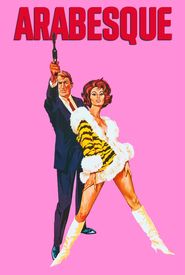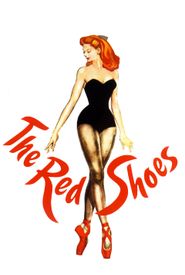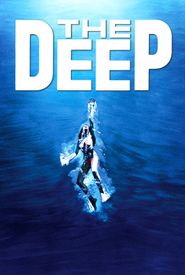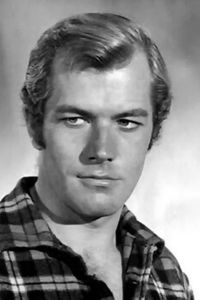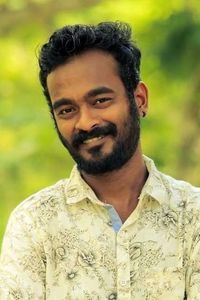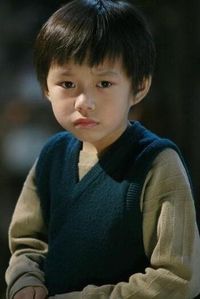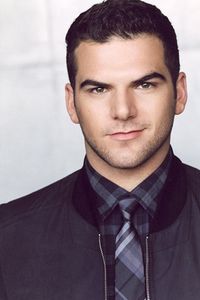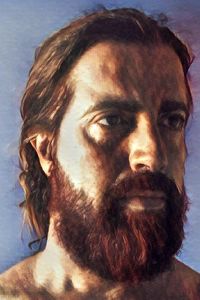Christopher's fascination with the art of filmmaking first blossomed during his formative school years, where he would often devote his free time to crafting 16mm films. This creative endeavor, though seemingly innocuous, was destined to have a profound impact on his future. The managing director of Gaumont British News, a renowned figure in the industry, took notice of Christopher's burgeoning talent and, upon meeting his father, extended an invitation for the young filmmaker to join their ranks as a camera assistant.
Notable film industry professional Christopher embarked on a journey to leverage his accumulated expertise and pivot into the realm of feature filmmaking. This career aspiration was soon fulfilled when Technicolor made its entry into Britain, presenting Christopher with the unique opportunity to helm the inaugural Technicolor film, "Wings of the Morning", at the renowned Denham Studios.
Christopher's unwavering passion and unshakeable persuasive abilities played a pivotal role in securing him a position at Technicolor, initially seeing him work in the labs before being appointed as the company's first permanent employee upon the construction of new labs at Denham. Throughout his tenure, Christopher contributed to the production of several notable films, including the iconic "Thief of Baghdad".
As the tumultuous outbreak of World War II unfolded, Christopher embarked on a new journey, joining the esteemed Royal Air Force (RAF) film unit, where he was reunited with his dear friend and fellow creative force, Jack Cardiff, who was then busy working on the cinematic masterpiece "A Matter of Life and Death".
As Christopher navigated his new role within the film unit, he found himself working alongside the illustrious Geoffrey Unsworth as a lighting cameraman on the critically acclaimed film "The River". His impressive skills as a camera operator also shone through as he worked on the iconic film "The Red Shoes".
When Jack Cardiff left the unit, Christopher solidified his position as a trusted collaborator with The Archers film producers, working on a plethora of films, including the thought-provoking "The Small Back Room", with Freddie Francis serving as his skilled operator.
Christopher's tenure with Technicolor was punctuated by a striking episode on the set of "Colonel Blimp," where the camera necessitated a quartet of individuals to collectively lift its considerable weight and imposing size. This labor-intensive endeavor served as a testament to the camera's unwieldy nature, demanding the concerted efforts of four men to facilitate its operation.
Christopher's cinematic endeavour, "Gone to Earth", garnered significant attention due to the involvement of the renowned actress Jennifer Jones, who had recently tied the knot with the illustrious film producer David O. Selznick.
As a representative of the film's producers, Christopher was entrusted with overseeing the production, although he was unable to assemble his usual team of professionals. Instead, he relied on the expertise of the accomplished gaffer, Gregg Toland, to illuminate the set.
During the filming process, Christopher found himself at odds with Selznick, who was disenchanted with the lighting used in a pivotal candle-lit bedroom scene. Undeterred, Christopher maintained his artistic vision, and Selznick was compelled to publicly apologize for his earlier criticisms after reviewing the rushes.
Following the remarkable success of "Gone to Earth", Technicolor made the strategic decision to establish state-of-the-art laboratories within the United Kingdom, thereby creating a significant presence on British soil. This move allowed the company to tap into a pool of highly skilled and educated professionals, with the majority holding university degrees.
Meanwhile, Christopher's military obligations took a temporary pause as he was called to serve in the Royal Air Force's film unit. During his time in the RAF, Christopher remained actively engaged in various projects, continuing to hone his skills and contribute to the production of high-quality films.

